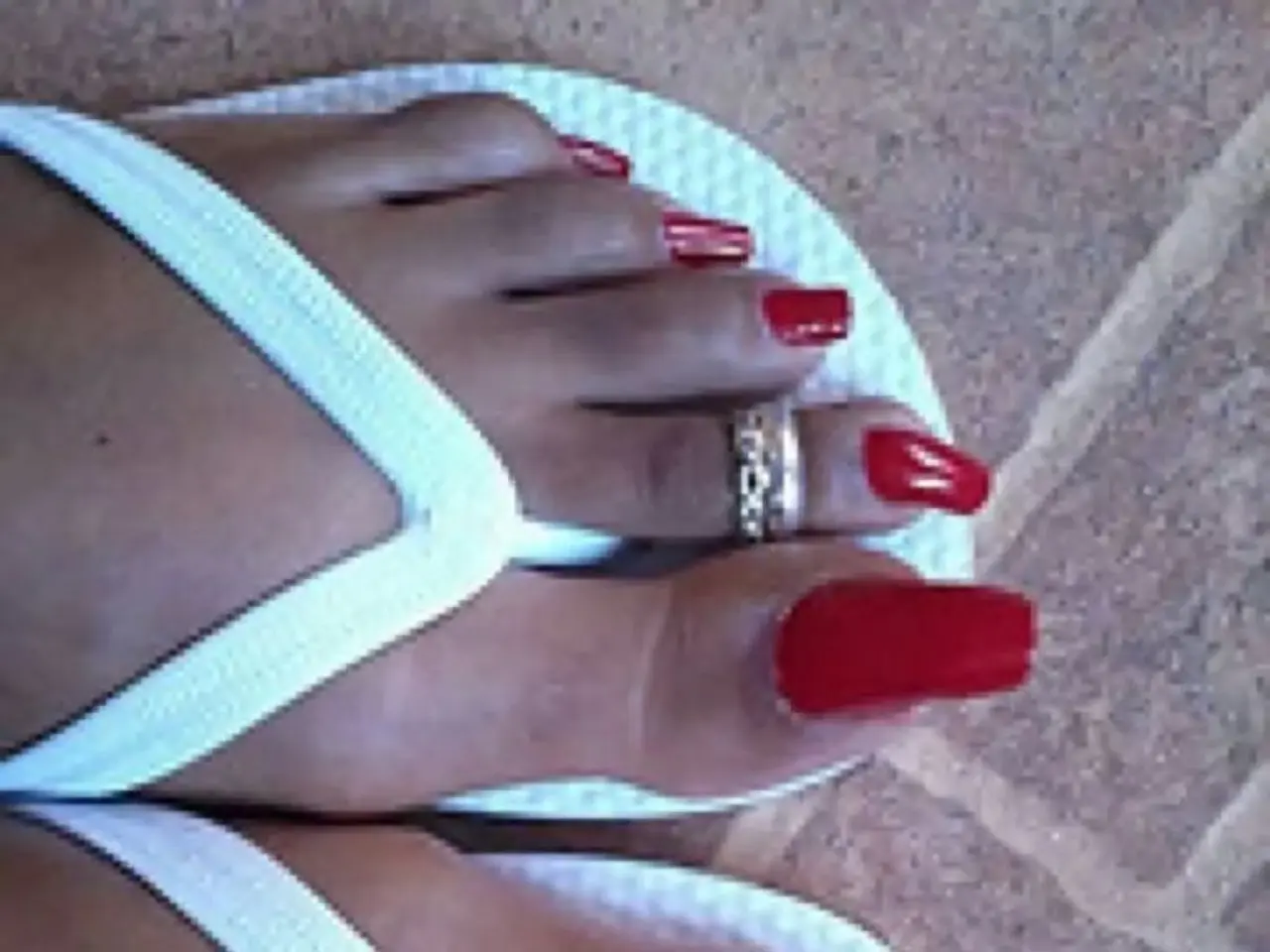Mallet Toes Explained: An Overview of This Foot Deformity
Mallet toes, a common foot deformity, are characterized by an abnormal bend in the middle joint of the toe, causing it to point downward. This condition can lead to discomfort, pain, and difficulty walking. Here's a guide to help you understand the causes, symptoms, and treatment options for mallet toes.
Causes and Risk Factors
Several factors can contribute to the development of mallet toes, including improper footwear, genetics, injury, arthritis, and neuromuscular disorders. Understanding the causes and risk factors associated with mallet toes can help you take proactive steps to protect your foot health.
Symptoms
Recognizing the symptoms of mallet toes is crucial for early intervention and treatment. Common signs include abnormal bending of the toe, pain, redness, swelling, calluses, corns, and difficulty walking.
Treatment Options
Treatment options for mallet toes include padding, orthotics, shoe modifications, injections, and surgery. The right treatment will depend on the severity of your condition and any underlying causes.
Conservative Treatments
Conservative treatments aim to alleviate symptoms and slow the progression of the deformity. These may include:
- Wearing shoes with a wide toe box and good arch support.
- Avoiding high heels and tight-fitting shoes.
- Regular foot exercises to strengthen muscles and improve flexibility.
- Padding and taping techniques to relieve pressure and prevent further deformity.
- Over-the-counter pain relievers like ibuprofen or acetaminophen to manage discomfort.
- Epsom salt soaks, ice therapy, and corticosteroid injections to reduce swelling and pain.
Surgical Treatments
In severe cases, surgery may be recommended to correct the deformity. Procedures include:
- Tendon release to straighten the toe.
- Joint fusion to eliminate pain and restore function.
- Realignment surgery to reposition the bones in the toe and restore normal alignment.
Lifestyle Changes
Adopting a few lifestyle changes can help manage mallet toes and reduce the risk of complications:
- Maintaining a healthy weight through a balanced diet and regular exercise can help reduce pressure on your feet.
- Practicing good foot hygiene, such as washing your feet daily, drying them thoroughly, and keeping your toenails trimmed, can prevent various foot conditions.
- Being mindful of your activities and using protective gear or orthotic devices if you participate in sports or activities that put stress on your feet.
Post-Treatment Care
After treatment, whether conservative or surgical, it's essential to follow your healthcare provider's post-treatment care instructions. This may include rest, elevation, limited weight-bearing, wound care, and gradual rehabilitation exercises.
In summary, managing mallet toes involves a combination of proper footwear, possible dietary or supplement support for inflammation and joint health, physical therapy exercises, and, in advanced cases, surgical correction. For surgical and specialized care, consultation with a podiatrist or orthopedic surgeon is essential. If you notice persistent pain, swelling, or changes in the appearance of your toes, it's essential to consult a healthcare professional.
Science plays a crucial role in understanding medical-conditions like mallet toes, providing insights into their causes, symptoms, and treatment options. Adhering to health-and-wellness guidelines, such as maintaining a healthy weight, practicing good foot hygiene, and wearing appropriate footwear, can aid in preventing and managing mallet toes, as well as reducing the risk of complications.




